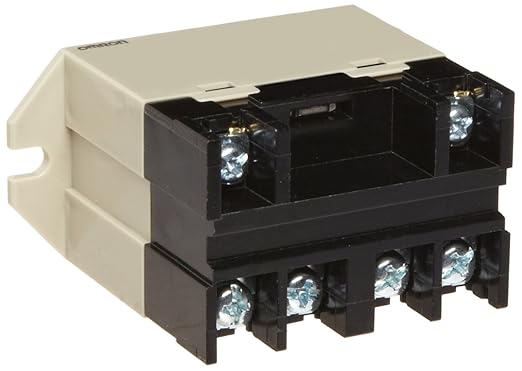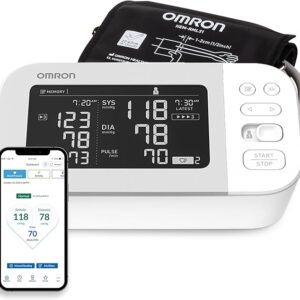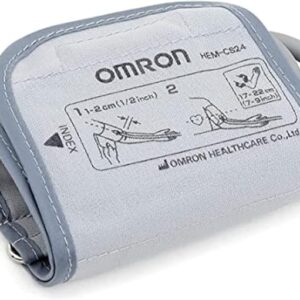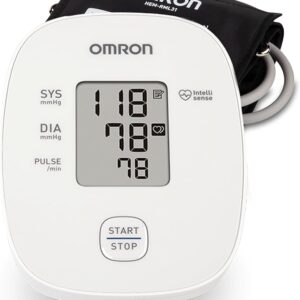Description
Here’s a breakdown of the Omron G7L-2A-BUBJ-CB AC100/120 General Purpose Relay in a pros/cons + Q&A style overview:
✅ Pros
- High Capacity: Can handle significant AC loads (100–120 VAC) with a rated load current of 17–20.4 mA, making it suitable for industrial and commercial applications.
- Double Pole Single Throw (DPST-NO): Provides reliable switching for circuits requiring simultaneous operation on two lines.
- Test Button: Convenient feature for quick manual operation and troubleshooting without energizing the coil.
- Screw Terminal Connections: Secure and easy wiring compared to PCB-only types.
- Upper Bracket Mounting: Designed for secure installation in panels or enclosures.
- Durable Construction: Omron relays are known for reliability and long service life.
- Class B Insulation: Provides adequate thermal endurance for moderate heat environments.
⚠️ Cons
- Bulky Size: Larger than PCB relays, which may limit use in compact enclosures.
- AC Coil Only: Designed specifically for 100–120 VAC coil input; not suitable for DC-controlled circuits.
- Moderate Current Range: 17–20.4 mA coil consumption may be high for very low-power control systems.
- Limited Functionality: Only Normally Open (NO) contacts; lacks Normally Closed (NC) options for more flexible control.
- Mounting Specificity: Requires proper bracket mounting, not as flexible as plug-in relay bases.
❓ Q&A
Q1: What type of applications is this relay best suited for?
A1: Ideal for industrial control panels, HVAC systems, motor control, power distribution, and other general-purpose AC load switching where high reliability is needed.
Q2: Can this relay be used in DC circuits?
A2: No, this version is designed for AC coil voltage (100–120 VAC). A DC coil variant would be required for DC control applications.
Q3: How does the test button help in real-world use?
A3: The test button allows manual operation of the relay without energizing the coil, which is useful for maintenance checks, troubleshooting, and verifying circuit function.
Q4: Is this relay suitable for continuous-duty applications?
A4: Yes, thanks to its Class B insulation and Omron’s robust design, it is well-suited for continuous-duty operation as long as it stays within rated load and temperature limits.
Q5: What are the mounting considerations?
A5: It uses upper bracket mounting with screw terminals, making it secure for industrial installations but less convenient than DIN-rail or plug-in relays.
Would you like me to also provide a comparison chart against a smaller relay option (like a plug-in DIN-rail relay), so you can see trade-offs in size, flexibility, and cost?




Reviews
There are no reviews yet.